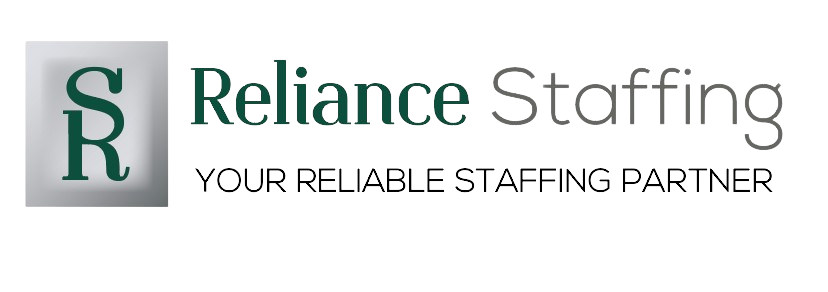The Future of Staffing: Trends Shaping the Workforce

The Future of Staffing: Trends Shaping the Workforce
The staffing industry is undergoing significant transformations influenced by technological advances, changing workforce demographics, and evolving employer needs. As businesses strive to remain competitive in a rapidly changing landscape, understanding these trends is crucial for staffing agencies and the professionals within them. Here are some key trends shaping the future of the staffing industry.
1. Technological Integration
One of the most considerable influences on the future of staffing is technology. The rise of artificial intelligence (AI) and machine learning is reshaping how staffing agencies source, recruit, and place talent. Automated resume screening and AI-driven data analysis are streamlining the hiring process, enabling recruiters to identify potential candidates more efficiently. Moreover, chatbots are increasingly used for initial candidate engagement, allowing for real-time responses to inquiries and preliminary assessments.
2. Remote and Hybrid Work Models
The COVID-19 pandemic accelerated the adoption of remote work, a trend that shows no sign of waning. Companies are increasingly embracing hybrid work models, balancing in-office work with remote flexibility. As a result, staffing agencies must adapt their recruitment strategies to accommodate candidates’ preferences for remote positions and the ability to work across geographical boundaries. This shift not only expands the talent pool but also requires agencies to rethink how they evaluate candidates in a virtual environment.
3. Focus on Candidate Experience
In a competitive job market, candidate experience has emerged as a critical factor in attracting and retaining talent. Staffing agencies must prioritize a seamless and engaging experience for candidates throughout the recruitment process. Personalizing communication, offering timely feedback, and ensuring a transparent hiring process all contribute to a positive candidate experience. In doing so, agencies can bolster their reputation and secure a competitive edge in attracting top talent.
4. Emphasis on Diversity and Inclusion
Diversity and inclusion (D&I) are gaining prominence in hiring practices, driven by a growing recognition of the need for varied perspectives in the workforce. Staffing agencies are increasingly tasked with sourcing diverse candidates and ensuring that their hiring practices are equitable. This includes utilizing blind recruitment techniques and implementing training programs for staff to mitigate unconscious bias. Companies that prioritize D&I not only benefit from innovation and creativity but also enhance their employer brand.
5. Skills Over Degrees
The traditional emphasis on formal educational qualifications is shifting as many employers recognize the value of practical skills and experience over academic degrees. Staffing agencies must adapt their evaluation processes to prioritize skill assessments, certifications, and real-world experiences when sourcing candidates. By focusing on competencies rather than credentials, agencies can better match candidates to roles that suit their capabilities, which leads to higher job satisfaction and productivity.
6. Gig Economy and Freelance Work
The rise of the gig economy is compelling staffing agencies to accommodate a growing number of freelance and contract workers. Businesses now seek flexible staffing solutions, leading to an increased demand for temporary and project-based workers. Staffing agencies need to create robust platforms to connect gig workers with suitable opportunities while ensuring compliance with labor laws and regulations.
Conclusion
As the staffing industry moves into the future, staying informed on these trends is essential for agencies aiming to thrive in a dynamic environment. By embracing technological innovations, promoting diversity, prioritizing candidate experience, and recognizing the evolving nature of work, staffing agencies can position themselves for continued success in shaping the workforce of tomorrow. Understanding and adapting to these trends will ensure that they meet the changing needs of employers and candidates alike.

